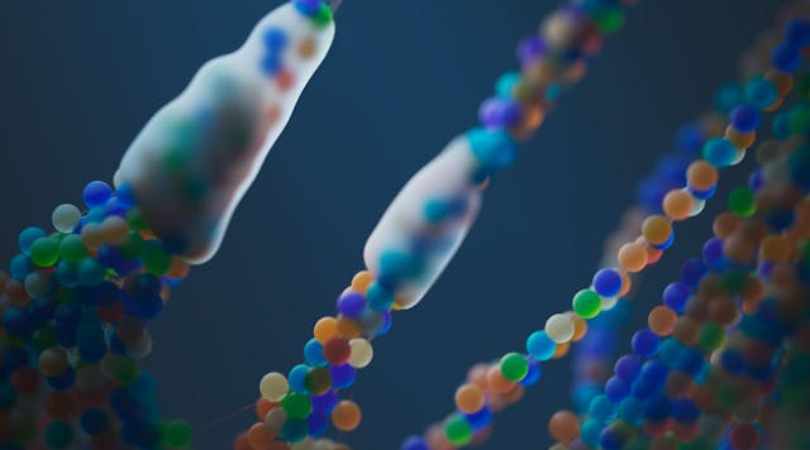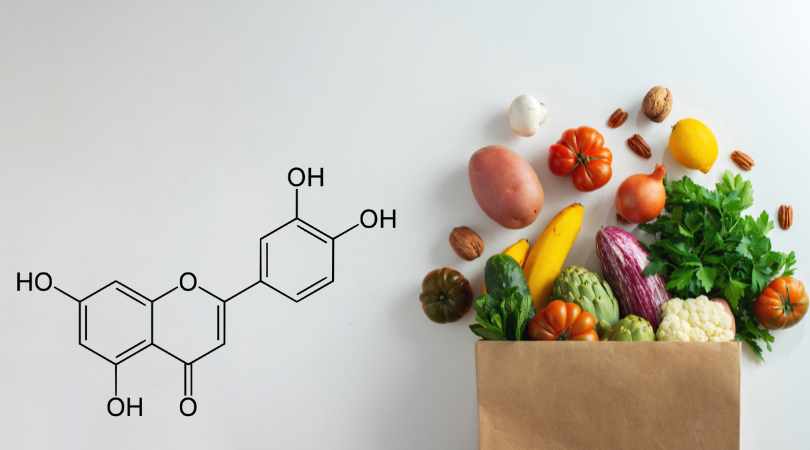Scientists have successfully restored the lost uricase enzyme, a key breakthrough in combating fructose-induced fat formation. This discovery offers new hope for preventing obesity and metabolic disorders by targeting how the body processes sugar and stores fat.
Limited Quantities Available! Order Today and Enjoy Free Shipping on Orders Over $100!
The Forgotten Enzyme Behind Sugar Damage: What Is Fructokinase and Why Should You Care?

We all know "sugar" can be a problem for our health, but did you know that one specific component of common sugar, fructose, acts in a unique way in our bodies that can lead to significant issues? At the heart of this process is an often-overlooked enzyme called fructokinase. Understanding fructokinase can be a game-changer for your metabolic health.
What Exactly Is Fructokinase?
When we talk about "sugar," we often mean sucrose, which is half glucose and half fructose. While glucose is a fuel our body can use widely, fructose is different. It's primarily processed in specific organs, and that's where fructokinase (also known as KHK) comes in.
Fructokinase is an enzyme mainly found in your liver, kidneys, and gut, though it's also present in other important areas like the brain. Its main job is to kickstart the metabolism of fructose as soon as it enters these tissues. Think of it as the first gatekeeper for fructose, rapidly converting it into a form that your body then handles in a very particular way.
The Problem with Fructose's "Fast Lane"

To understand why fructokinase matters so much, we need to first understand its biological purpose.
Fructose metabolism through fructokinase is not an accident or a design flaw — it is an adaptive mechanism designed to help the body conserve energy in times of scarcity.
When fructokinase rapidly metabolizes fructose, it triggers a kind of cellular “eco-mode.” This is a protective response: it slows down energy use, promotes fat storage, and prepares the body for potential food shortages. In an environment where food was unpredictable, this was a survival advantage.
But in today’s world of constant caloric surplus, this ancient response has become a liability — one that now drives widespread metabolic dysfunction.
Here’s how it works:
Activating Eco-Mode:
When fructokinase acts on fructose, it rapidly depletes cellular ATP — the cell’s primary energy currency. This depletion signals that energy is low. But the process also generates a spike in uric acid, which acts as an additional energy conservation signal.
Uric acid blunts mitochondrial function, reducing the cell’s ability to burn fuel efficiently. The combined effect of ATP depletion and uric acid accumulation pushes the cell into a conservation state:
- Fat production is increased to store available energy.
- Mitochondrial output is throttled, further lowering energy expenditure.
- Hunger and food-seeking behaviors are stimulated, driving the urge to replenish energy stores.
Fueling Liver Fat Accumulation:
Fructokinase converts fructose into intermediates that are highly lipogenic — they feed directly into fat production in the liver. This pathway largely bypasses the body’s normal checks and balances on fat synthesis, making it remarkably easy for liver fat to accumulate. The result is Non-Alcoholic Fatty Liver Disease (NAFLD), a condition that has reached epidemic proportions worldwide.
Driving the Hunger and Cravings Cycle:
Because fructose metabolism doesn’t stimulate satiety or provide lasting energy (as glucose does), the rapid ATP depletion and mitochondrial slowdown lead to a paradoxical effect: you feel tired and hungry soon after eating. This sets up a vicious cycle of overeating and sugar cravings — exactly the type of behavior that would have been adaptive in scarcity, but today fuels metabolic disease.
In short:
Fructokinase’s natural role is to help the body conserve fuel. But in an era of excess, this ancient mechanism backfires — driving fat accumulation, metabolic slowdown, and unrelenting hunger.
Also Read - End Sugar Cravings and Break the Sugar Habit
Fructokinase and Your Metabolic Health

The science is clear: the activity of fructokinase is directly linked to these metabolic challenges. Research highlights it as a key driver behind why high fructose intake can contribute to liver fat, increased uric acid, and overall metabolic dysfunction. In fact, people with a rare genetic condition called fructokinase deficiency, where they can't metabolize fructose properly, generally don't experience these negative metabolic effects, underscoring just how central this enzyme is.
How to Support Your Liver and Energy: Beyond Just Diet
So, what can you do to protect your liver and improve your energy levels, considering fructokinase's crucial role?
- Reduce Added Fructose: The most straightforward step is to limit your intake of added sugars, especially sugary drinks and processed foods, which are major sources of concentrated fructose. While fruits contain fructose, they also come with beneficial fiber and nutrients that help your body handle it better.
- Healthy Lifestyle Foundations: A balanced diet rich in whole foods, regular physical activity, and maintaining a healthy weight are always essential for supporting overall liver and metabolic health.
- Targeting Fructokinase: A New Approach? Emerging science is exploring innovative ways to support the body's natural processes related to fructose metabolism. Imagine if we could help the body better manage the way fructokinase processes fructose, particularly in the liver. This could potentially reduce the harmful conversion into liver fat, ease the cellular energy drain, and stop the compulsion to overconsume.
Check Out - Fructose: The Overlooked Key to Metabolic Health
This is where solutions like Sugarshield come into focus. By aiming to support the body's natural processes that influence how fructose is metabolized, products like Sugarshield offer a promising avenue. The goal is to help your body manage its fructose load more effectively, potentially leading to less liver fat accumulation, healthier uric acid levels, and more stable energy throughout your day.
Understanding fructokinase empowers you to make more informed choices about what you eat and how it impacts your body. It's a reminder that truly addressing "sugar damage" involves looking beyond simple calories and focusing on the specific metabolic pathways and key players, like fructokinase, that drive our health.
Disclaimer: The information in this blog reflects personal opinions, experiences, and emerging research. It is not intended as medical or professional advice and should not replace consultation with qualified professionals. The accuracy of this content is not guaranteed. Always seek guidance from a licensed expert before making any health-related decisions.


Chris | 🔬 Founder of LIV3 Health
⚡ A keen researcher dedicated to uncovering the root causes of metabolic dysfunction, the key driver of chronic conditions behind 70% of global deaths. His findings led to science-backed, natural solutions designed to inhibit fructose metabolism.
📢 Follow me on Reddit for insights on metabolic health and the future of wellness! -






